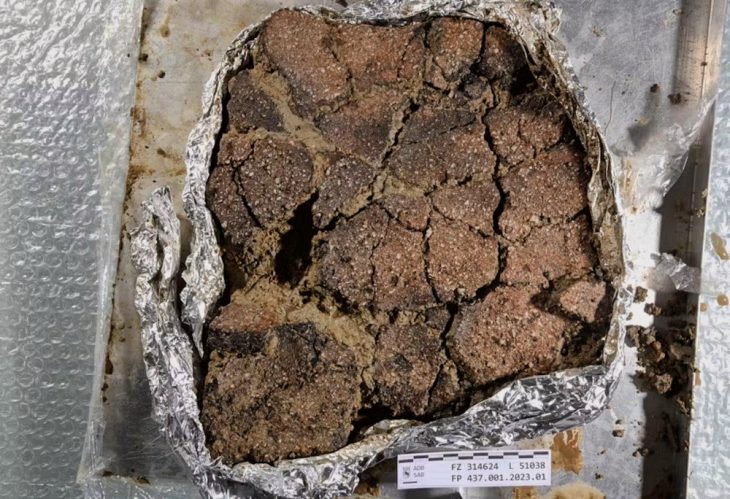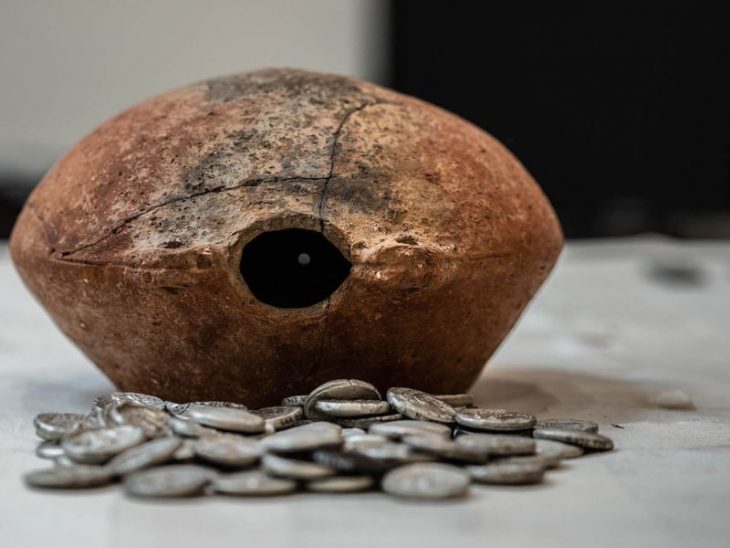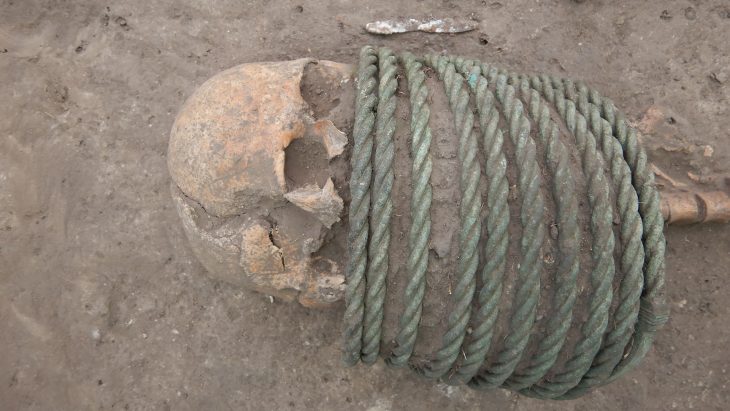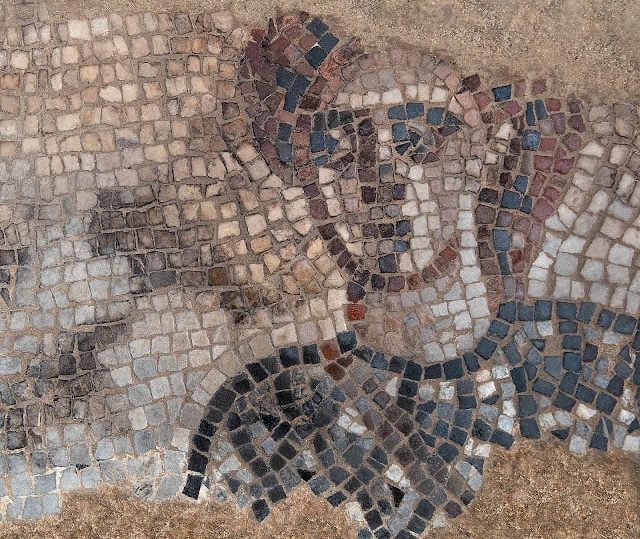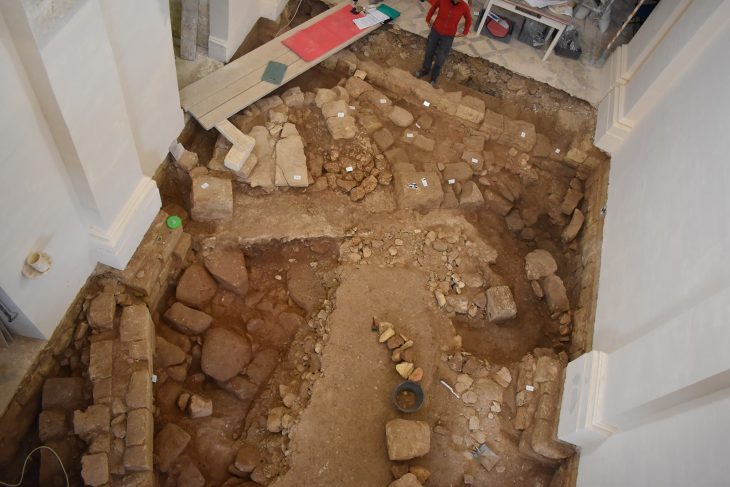The University of Haifa reported on Sunday the discovery of a 2,000-year-old synagogue from the Second Temple era in Migdal, on the northern shore of the Sea of Galilee, making it the second such synagogue uncovered in the ancient settlement.
Migdal, located on the northwestern side of the Sea of Galilee, was about 2,000 years ago, a large Jewish settlement, when during the destruction of the Second Temple it served as the main base of Yosef ben Matityahu in his war against the Romans in the Galilee. Migdal is also mentioned in Christian writings as the birthplace of Miriam the Magdalene, who was a major supporter of Jesus and was known as the “apostle of the apostles.”
It is the first time that two synagogues have been found within the same settlement from the period when the Jewish Temple was still functioning in Jerusalem, a discovery that researchers said is changing their understanding of religious life at the time.

The archeological excavations at the site are being conducted by YG Contract Archeology Ltd., headed by Dr. Yehuda Guvrin and under the scientific auspices of the Zinman Institute of Archeology at the University of Haifa.
“The unveiling of a second synagogue in the Galilee sheds light on the social and religious life of Jews in the Galilee during this period and indicates the need for a special structure for Torah study and reading and social gathering. The discovery of the new synagogue in the tower, The coins and stone vessels used for purity indicate the connection of the Jews of Migdal with Jerusalem and the Temple, “said Dina Avshalom Gorni of the University of Haifa, a partner in conducting the excavations.
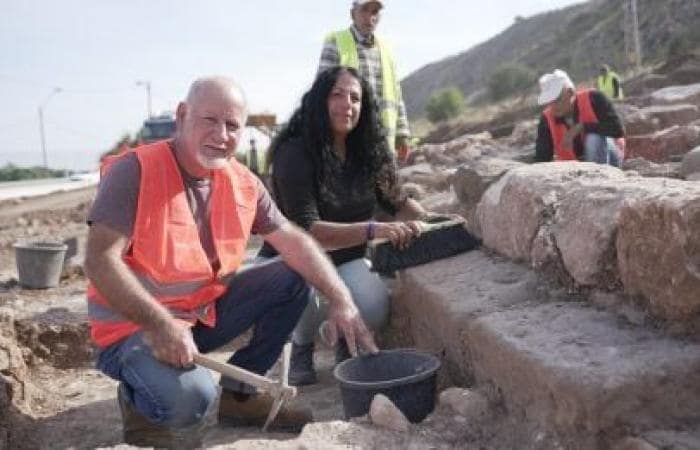
The location of the two synagogues, less than 200 meters apart, with the first in an industrial area and the second on a residential street, shows they were built “within the social fabric of the settlement,” Avshalom-Gorni said.
The eastern side of the tower was excavated more than a decade ago by the Israel Antiquities Authority (under the management of Dina Avshalom Gorny, and a synagogue was discovered during these excavations, which also dates to the Second Temple period. In the center of the synagogue was found a unique stone with a relief of a seven-branched lamp, with the scholars’ explanation being that the artist engraved the lamp that restored the lamp placed in the temple. This stone is currently on display in the Israel Antiquities Authority’s “Sanhedrin Trail” at the Yigal Alon House.
The synagogue, which is now being excavated, was partially exposed for the first time in test excavations conducted by the Israel Antiquities Authority for Netivei Israel at the beginning of the year under the supervision of Barak Tzin. The Antiquities Authority referred to excavations supporting the presence of a Roman-era public structure, but because only a tiny portion of it was excavated, no characterization of the nature of the building and its usage was provided.

Continuation of the current rescue excavation revealed a wide, square structure built of basalt and limestone, with a central hall and two additional rooms. The walls of the main hall are plastered with white and colored plaster and next to them a stone bench was built, which is also plastered. The ceiling of the hall, which was probably made of wood and clay, was supported by six pillars of which two stone bases have been preserved on site. A small room on the south side of the hall contained a plastered stone shelf and may have served as a room for storing the scrolls.
A variety of artifacts from the time period were discovered at the site, including clay candle holders, glass bowls formed from molds, rings, and stone implements used in purification rituals.
The Israel Antiques Authority intends to hold meetings in the coming weeks to discuss opening the site to the public.
Cover Photo: The excavation of the first temple found at Migdal (Photo: Avram Gracier)



